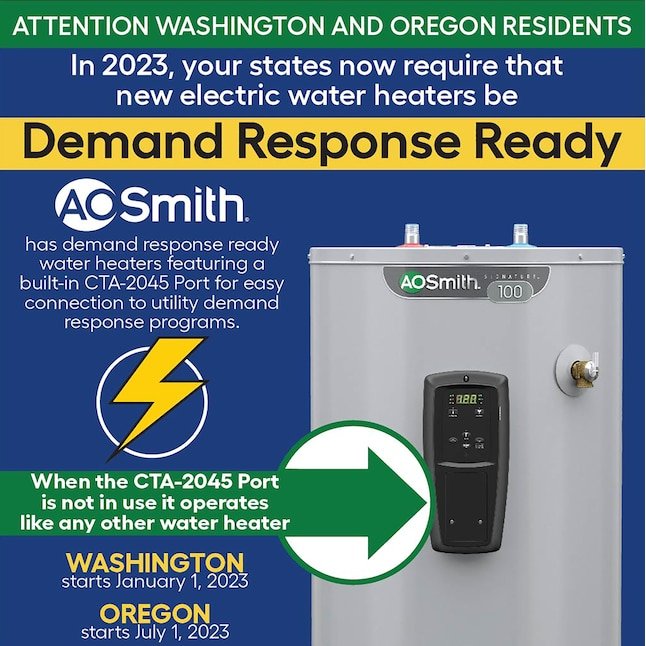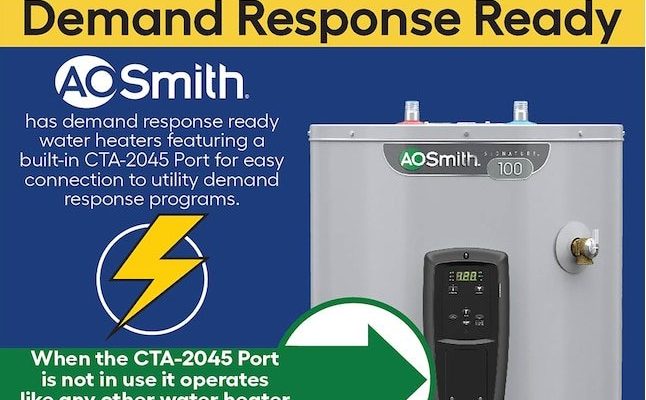
Figuring out exactly what’s covered under the warranty can be a little confusing, though. It’s not quite as simple as a yes-or-no answer. AO Smith, a big name in the water heater world, offers a range of coverage depending on the model, type, and situation. Let me walk you through how it works, what you can expect, and what *isn’t* included—so there are no cold-shower shocks down the road.
Understanding AO Smith Water Heater Warranties: The Basics
Let me explain: an AO Smith water heater warranty is a written promise from the manufacturer to repair or replace parts that break down within a certain time frame. But, just like buying phone insurance or a home appliance plan, the details matter—a lot. There are different warranty periods for different AO Smith water heater models, and the coverage can change based on whether you bought a tank or tankless unit, gas or electric.
Here’s the thing: most standard AO Smith warranties last anywhere from 6 to 12 years. The duration usually depends on the specific water heater model and where it was installed (for example, residential vs. commercial use). Some higher-end units even come with extended warranty options. That’s why it’s always worth checking your model number and paperwork before making any assumptions.
Don’t forget: your AO Smith warranty only stays valid if you follow their terms—like registering the product and having it installed by a licensed professional. If you try to cut corners or skip steps, you risk losing coverage when you might need it most.
What Parts Are Typically Covered By AO Smith?
You might be wondering, “So, exactly what parts will my AO Smith warranty cover?” The main event here is usually the *tank* itself. For traditional tank models, the warranty heavily focuses on protecting you from leaks caused by rust or corrosion. If your tank springs a leak because of a manufacturing problem, AO Smith will replace it—or, in some cases, give you a new heater altogether.
But it doesn’t stop with just the tank. Most AO Smith water heater warranties also provide coverage for major parts like:
- Heating elements (in electric models)
- Gas burners or electronic ignition systems (in gas models)
- Control boards and thermostats
- Temperature and pressure relief valves
Here’s the catch: labor isn’t always included. While the part might be free, you could still be on the hook for the cost of installation or repair, unless your specific warranty says otherwise. Always read the fine print so you know what you’re signing up for.
Common Exclusions: What the AO Smith Warranty Doesn’t Cover
Honestly, this is where most folks get tripped up. AO Smith’s warranty, like most manufacturer warranties, isn’t a blanket “fix anything and everything” promise. There are clear limits, and ignoring them can lead to big disappointments.
For starters, *damage caused by poor installation* isn’t covered. If your neighbor’s cousin sets up your heater wrong, and something goes haywire, that’s on you. The same goes for *maintenance neglect*—if you skip routine flushing or let sediment build up, you can kiss your coverage goodbye. AO Smith also draws a hard line against:
- Damage from “acts of God” (think floods, fires, or lightning strikes)
- Problems caused by hard water or corrosive air
- Cosmetic issues, like surface rust or dents that don’t impact function
- Replacing batteries in remote controls or fixes for auxiliary features
“If it’s not a true manufacturing defect, you’re probably not covered. Always get clear on what’s excluded before trouble arrives.”
How To Register and Keep Your AO Smith Warranty Valid
Let’s be real: registering a warranty can feel like just another annoying chore, but it’s crucial. If you skip this step, AO Smith might not honor your claim down the road—even if the defect is totally their fault. Usually, you’ll need:
- Your water heater’s serial and model number
- The date and proof of purchase
- Installer’s contact info (if it’s not a DIY install and you want full coverage)
You can usually register online or by mailing in a card that comes with your heater. If you bought from a big box store, sometimes they’ll handle this for you—just make sure to check. And if you move houses, the warranty might not always transfer over easily, so double-check before relying on it.
*Pro tip:* Keep all your paperwork in one spot. If you ever need to call AO Smith support for troubleshooting, repair, or even a reset code for digital controls, having your details ready makes things much smoother.
Making a Warranty Claim With AO Smith: What To Expect
So, your AO Smith water heater starts giving you trouble—no hot water, error codes, maybe a weird knocking noise. Now what? Filing a warranty claim can seem intimidating, but it’s really not so bad if you know what to expect.
First, gather your documentation (serial/model number, proof of purchase, and any service records). Reach out to AO Smith’s customer support—either by phone or online. They’ll typically walk you through a few troubleshooting steps first, like resetting the system or checking the power source. This helps rule out easy fixes (like a tripped breaker or dead battery in a remote control).
If it’s a real defect, they’ll tell you how to get authorized repair or replacement. Sometimes, they’ll send you the part directly. Other times, they’ll recommend a certified service provider to handle the repair. Remember, labor might cost extra unless your warranty specifically covers it.
Don’t wait when something feels off. The longer you delay, the more risk you run of voiding your claim—especially if the issue gets worse because of neglect.
AO Smith Warranty: Tank vs. Tankless Models
You might be curious—does the warranty change if you have a tankless AO Smith water heater instead of a standard tank version? The answer is yes, sometimes in important ways.
For tankless water heaters, the focus shifts from the “tank” (since there isn’t one) to the heat exchanger and main electronics. These components often get a *longer warranty*—some models offer up to 15 years coverage for the heat exchanger. But, as with tanks, you need to perform regular maintenance (like descaling for hard water) to stay eligible. Skip this, and you might hear “claim denied” if something fails down the road.
Tankless models also tend to have more digital controls, remotes, and sync features—troubleshooting or resetting these is sometimes part of the warranty claim process. But again: cosmetic issues, battery changes, or code-related troubleshooting for remotes usually aren’t covered.
Comparing the AO Smith Warranty to Other Brands
Here’s the thing: all water heater warranties have their quirks, but AO Smith’s is generally seen as reliable and straightforward—if you follow the rules. Some brands, like Rheem or Bradford White, offer similar coverage periods and exclusions. The differences are usually in the *fine print* or in customer service quality.
Where AO Smith often stands out is in their extended coverage options and clear documentation. Plus, their support team tends to be knowledgeable—so if you’re stuck trying to figure out if a “reset” will fix your issue or if you qualify for replacement, help is just a call away. In the end, no warranty is perfect, but AO Smith’s is pretty competitive, especially if you want peace of mind with a big investment like a water heater.
Always compare the warranty coverage—not just the price or fancy features—before picking your next water heater. It might save you a headache (and a cold shower) years down the road.
Final Thoughts: Getting the Most Out of Your AO Smith Water Heater Warranty
At the end of the day, an AO Smith water heater warranty isn’t magic—but it’s definitely your best backup plan against unexpected breakage and repairs. If you take care of your heater, follow the manufacturer’s rules, and keep your documentation handy, you’ll get the most out of your coverage.
Think of it as a partnership: you do your part with maintenance and paperwork, and AO Smith has your back if real trouble strikes. And when you’re standing under that blissful stream of hot water, you’ll be glad you took a few simple steps to keep your warranty strong. Because honestly, nobody likes surprises—especially cold ones.
